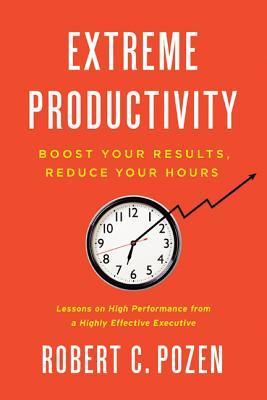More on this book
Community
Kindle Notes & Highlights
Read between
March 1 - April 5, 2020
Articulate your goals and rank them in order of priority. This helps you align your time allocations with your priorities.
Focus on the final product. In tackling high-priority projects, quickly formulate tentative conclusions to guide your work.
Don’t sweat the small stuff. Deal with low-priority items in a way that allows you to spend as little time on them as possible.
No matter what your career aspirations are, you should begin by thinking carefully about why you are engaging in any activity and what you expect to get out of it.
The next step is to divide your list into three time categories: Career Aims (5+ years), Objectives (3–24 months), and Targets (1 week or less).
Start by thinking about what you want to do, what you’re good at, and what the world needs from you.
think hard at the start of a project about where it’s going: what are the critical issues, and how are they likely to be resolved? After a day or so of gathering relevant information, write down your tentative conclusions for the project. These will allow you to more quickly engage in analysis—rather than description—by providing a focus for your subsequent research. Write the conclusions in the form of a rebuttable hypothesis that can be revised as the project progresses.
Jeff Weiner, the CEO of LinkedIn, put it succinctly: “Part of the key to time management is carving out time to think as opposed to constantly reacting.”1


